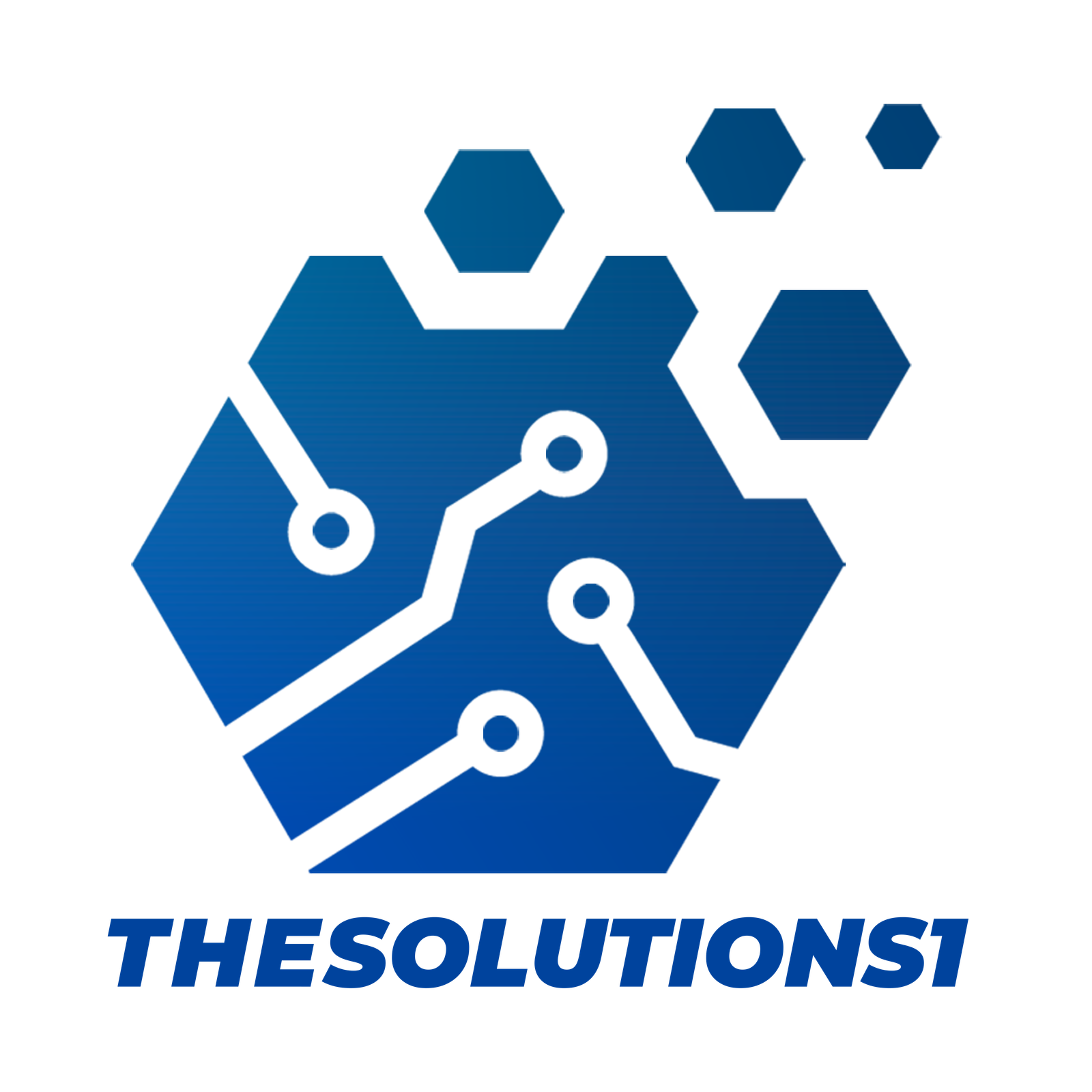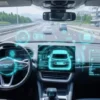YUM Brands, the parent company of Taco Bell and operator of 60,000 restaurants worldwide, has unveiled an AI-powered restaurant manager with the aim of bringing agentic AI capabilities to fast food.
Agents represent the latest wave of AI innovation, capable of complex, multi-step tasks with minimal human intervention. They are considered to be the next generation of cutting-edge AI applications, following generative AI chatbots like ChatGPT.
Some believe that they will pave the way for “virtual employees” that will work alongside humans, augmenting our capabilities and managing routine tasks so we can get on with the fun stuff.
And they are also seen as a stepping-stone on the road to artificial general intelligence (AGI) – the “holy grail” of building AI that can do just about anything we can.
The fast-food industry exists in a state of perpetual digital transformation. Now, YUM Brands has demonstrated its plans for the next leap forward with its Taco Bell franchise, and competitors are also eyeing opportunities.
So, let’s take a look at how fast food is cooking on all cylinders with agentic AI.
How Is Taco Bell Using Agentic AI?
Building on its Byte By Yum AI platform, which already uses AI to take customer orders at drive-through windows, Yum plans to deploy virtual restaurant managers. However, it also says that it doesn’t believe they will replace human management jobs.
As reported by Reuters, a video demonstration of the concept involved a character referred to as Byte AI Restaurant Coach. The character explains that they can help a restaurant manager track crew attendance and plan shift patterns. It also makes suggestions like altering opening hours to match market conditions and even taking over at the drive-through window.
Although clearly not presented as a market-ready product, it’s a strong indicator that the business – the world’s largest franchise operator – understands agents are the next step.
Yum’s platform is currently used by several other multinational brands that sit under their umbrella, including KFC and Pizza Hut. It offers both customer-facing (e.g., drive-through ordering) and internal AI (e.g., shift management) applications.
Putting an agentic layer above this, bringing all the data, insights, and (critically) actions together in order to understand their impact across the entire business, is the goal here.
about:blankClick to accept marketing cookies and enable this content
Virtual Management
Taco Bell’s vision for Bytes illustrates the progression of AI from very trivial, routine tasks to those involving thinking, planning, and decision-making.
This mirrors a trend we’re seeing across all industries, as business leaders look for use cases beyond automating very routine tasks like processing customer orders, or customer assistance chats.
The aim isn’t to replace managers—the types of decisions that AI agents can make about managing teams and human behavior will still require human oversight.
Instead, it’s about creating virtual management assistants to step in and offer advice and guidance when it’s needed or when there are tasks that it can clearly do better than a human.
Developing AI that can interface with our lives in this way, rather than just waiting for us to ask it questions or tell it to do specific tasks, is a problem we need to crack before we approach AGI.
In fact, it’s critical to some of the most hyped AI use cases across industries, like virtual healthcare assistants, teaching assistants and legal advisors.
So Yum doesn’t actually believe its platform will lead to a reduction in the number of fast-food management jobs. Instead, it aims to augment existing human workers so they can spend more time on more valuable work.
Faster Food?
Competition to leverage technology first is always fierce in fast food, and there are missteps. McDonald’s scrapped a pilot project involving AI drive-through agents last summer because it wasn’t great at getting orders right.
This is just one of many AI use cases at the Golden Arches. One of the most recently announced involves a collaboration with Google Cloud to deliver predictive maintenance for restaurant machinery. Heavily invested in AI, it’s highly likely it will soon find other opportunities to put agents to work.
Globally, fast food is a trillion-dollar business with a reputation for rewarding players who are the first to exploit emerging technologies.
Robot chefs, AI-driven personalized menus and voice-ordering systems are all set to revolutionize the industry in the coming years. It isn’t difficult to see agentic management platforms serving as the intelligence backbone for this infrastructure.
While the industry has already weathered significant transformation, the arrival of AI agents could be the industry’s biggest shake-up yet and will certainly test which companies are set to dominate in the AI era.




